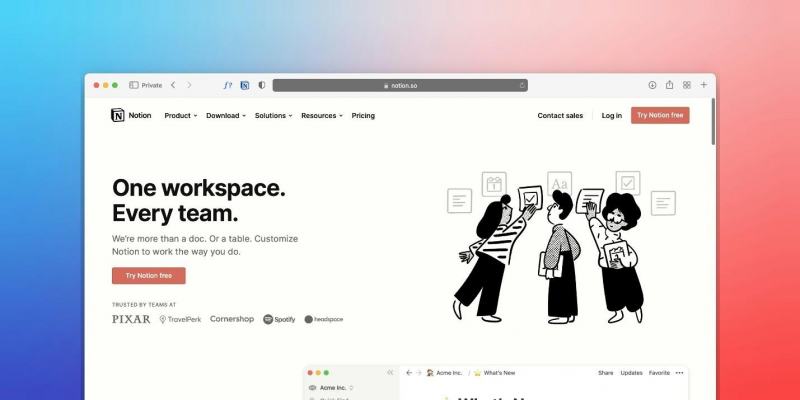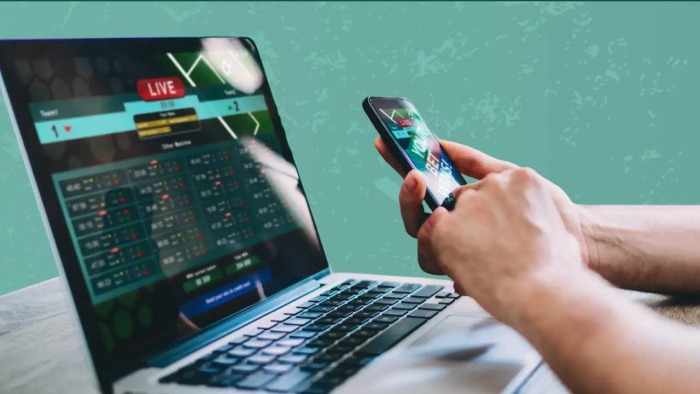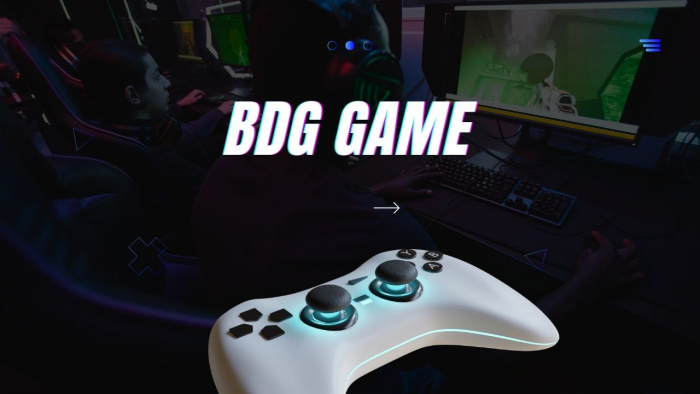In the modern digital economy, the endless scroll of Software as a Service (SaaS) subscriptions has become a significant financial drain for both consumers and businesses. From project management tools to graphic design suites, the monthly bills stack up quickly. The good news? Software vendors understand this pain and, almost universally, offer a solution: the Free Trial.
While a free trial seems like a straightforward deal—test drive before you buy—it is, in reality, a carefully engineered psychological tool designed to trigger the "Endowment Effect," where you value something more highly simply because you possess it. To stop paying for software you don't need and convert only on the tools you must have, you need to turn the tables and approach every free trial with a smart, proactive strategy.
1. Define Your 'Aha!' Moment Before You Start

The single greatest mistake users make is signing up for a trial without a defined goal. The provider’s goal is to keep you using the product until you reach a point where its value becomes indispensable—your 'Aha!' Moment. Your job is to accelerate this process and either confirm that moment or prove it will never arrive.
Before clicking "Start Free Trial," ask yourself: "What is the one, most critical task I need this software to do?"
- For a CRM: Is it the ability to flawlessly integrate with your email client?
- For a Video Editor: Is it exporting a specific 4K format with a certain filter?
- For a Project Manager: Is it running a specific type of report that shows team utilization?
If you can’t answer this question, you are guaranteed to waste the trial period wandering through features, only to get hit with a payment wall before you've seen the true value.
2. The Time-Bound Test: Shorter is Better
Most free trials last 7, 14, or 30 days. This time limit is a powerful psychological tool known as loss aversion—the fear of losing access is often a stronger motivator than the potential value of the product. To beat this, treat the trial not as a free 30-day rental, but as a mandatory 72-hour intensive test.
Compress your evaluation period into the first few days. Load in your real data, use the core feature until you achieve your pre-defined 'Aha!' Moment, and involve the entire team that will be using the product. If the software is complex and requires extensive onboarding, the company should be offering a dedicated demo or "Proof of Concept," not a blind trial. If you can’t assess the main value in 72 hours, the product is likely too complex or poorly designed for your immediate needs.
This aggressive timeline forces a definitive decision: Buy or Cancel.
3. Understand the Psychology of Free Access
Software providers use "free" offerings in two main ways: Freemium and Free Trial.
- Freemium (e.g., Slack, Spotify): Offers a basic version with unlimited time. The limitations (e.g., storage caps, feature locks) are the hooks designed to eventually force an upgrade when your basic needs are met but your ambition is stifled.
- Free Trial (e.g., Adobe, Netflix): Offers the full product for a limited time. The hook is the full, addictive experience, which you will miss when it's gone.
This dynamic of offering a taste of premium service for free is not unique to software. For example, some online platforms offer casino free spins as a non-deposit introductory bonus, allowing users to experience the thrill of real gambling and potential wins without financial commitment, in the hope of demonstrating value and encouraging real-money deposits later on. In software, this strategy is more about habit formation and workflow integration. Your smarter approach is to be aware of the hook—the temporary fullness of the product—and not let your workflow become fully dependent on a premium feature you haven't decided to pay for yet.
4. The Cancellation Calendar: Your Anti-Subscription Firewall
The number one way users start paying for software they forgot about is the "opt-out" trial, where a credit card is required upfront, and the user is automatically charged if they forget to cancel.
Your final, most essential, step is to establish an immediate, non-negotiable cancellation rule:
- Rule: The moment you sign up for an "opt-out" free trial, set a calendar reminder for 24 hours before the expiration date.
- Action: When that reminder pops up, you are obligated to make the decision. If you are still unsure or haven't fully tested the product, cancel the subscription immediately. You can always re-sign up later, but the goal is to prevent the accidental charge.
By adhering to a structured evaluation, a compressed testing timeline, and a rigid cancellation policy, you shift the power dynamic. You stop being a passive target for the vendor’s psychological marketing and become a smart, efficient consumer who only pays for the tools that have definitively proven their value to your success. This is how you truly stop paying for software you don't need.
Post Comment
Be the first to post comment!





